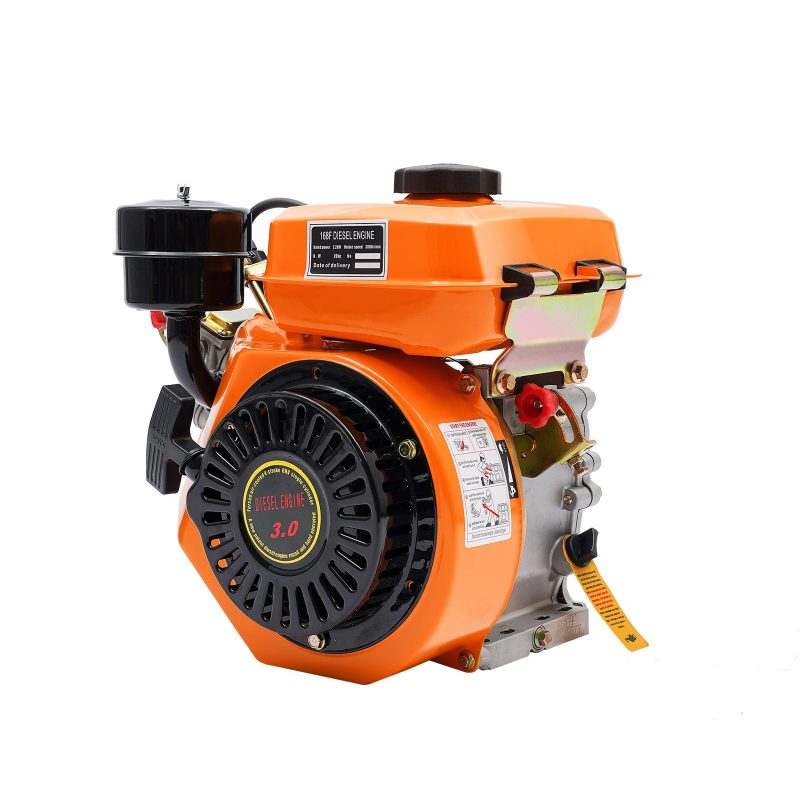The Role of Engine Coolant in Vehicle Maintenance
What is engine coolant? Engine coolant plays a key role in maintaining your vehicle’s performance. It keeps the engine from overheating, which is crucial for preventing damage to engine components. Overheating can lead to severe issues such as warped head gaskets or cracked engine blocks. Engine coolant also helps to regulate the temperature of the engine during extreme weather conditions, be it scorching summer days or freezing winter nights.
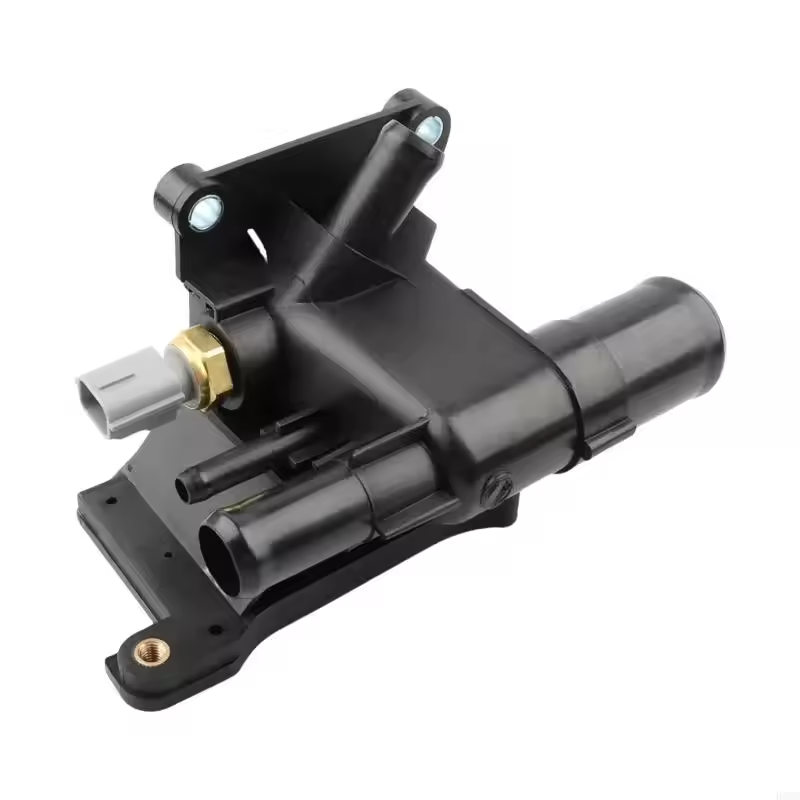
Without the proper level and mixture of engine coolant, engines are prone to corrosion. Engine coolant has ingredients that protect against rust and help to lubricate the water pump. This can prolong the life of the engine and maintain its efficiency. Regular coolant checks and changes are integral to vehicle maintenance and could save you from costly repairs in the long run.
It’s also important to note that engine coolant transfers heat from the engine to the radiator. The radiator then dissipates the heat into the air, keeping the engine environment at a safe operating temperature. Thus, ensuring the proper use and maintenance of engine coolant is vital for the longevity and reliability of your vehicle.
Types of Engine Coolant: Which One is Right for Your Car?
Choosing the right type of engine coolant is as crucial as regular checks and changes. There are mainly three types of coolants: IAT (Inorganic Additive Technology), OAT (Organic Acid Technology), and HOAT (Hybrid Organic Acid Technology). Each type has its characteristics and compatibility with different engine types.
IAT coolants are usually green. They are older and contain silicates to prevent corrosion. Cars made before the mid-1990s often use IAT.
OAT coolants come in a variety of colors like orange, red, or purple. They are designed for newer engines and can last longer than IAT coolants. OAT formulas help protect modern engine components from rust.
HOAT coolants blend features of IAT and OAT. They also protect against corrosion and are suitable for both European and North American vehicles. HOAT coolants are often yellow or turquoise.
Your car’s manual has recommendations on which coolant to use. It’s important to follow these guidelines to ensure optimal performance and prevent engine damage.
Mixing different coolant types can lead to problems such as gelling or reduced corrosion protection. Be sure to choose the type that fits your vehicle’s needs. If unsure, consult with a professional mechanic; they can provide advice on coolant best suited for your car.
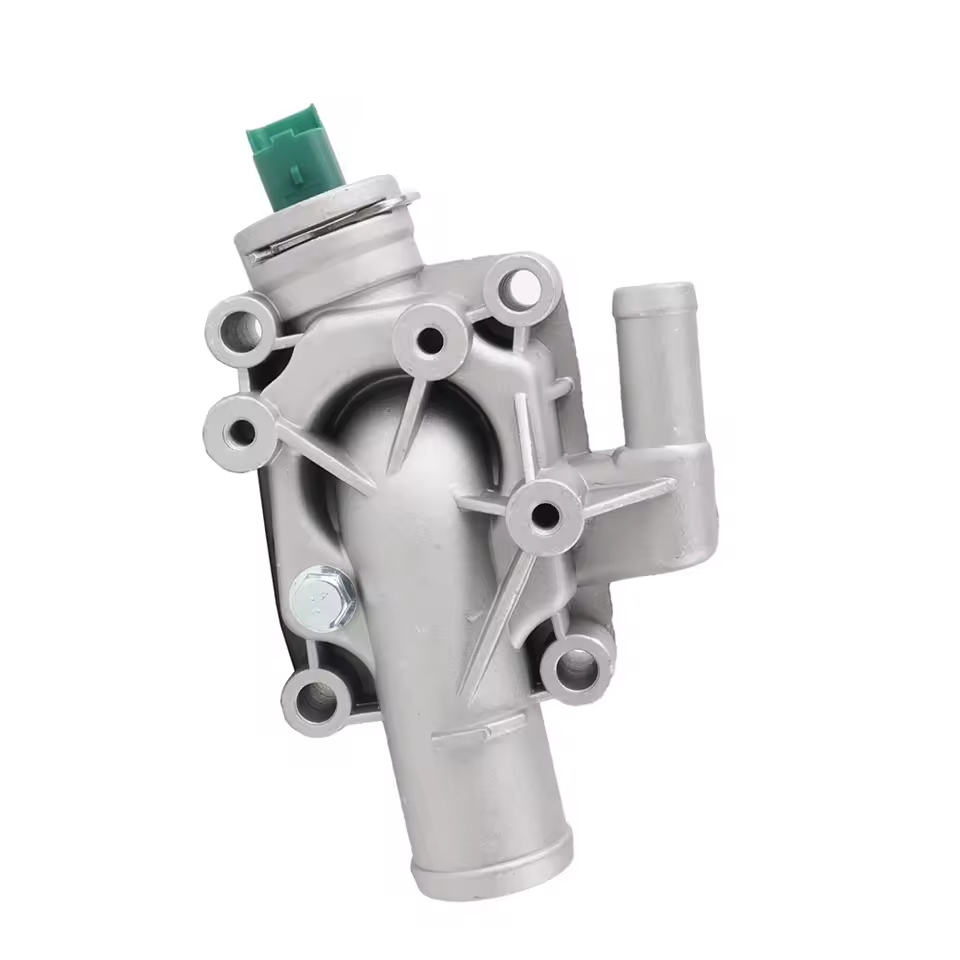 How Coolant Works: A Thermal Management Guide
How Coolant Works: A Thermal Management Guide
Engine coolant manages heat in your car’s engine. It absorbs heat when the engine runs hot. This keeps the engine from getting too hot and getting damaged. The coolant then moves the absorbed heat to the radiator. The radiator releases the heat into the air outside the car.
The coolant cycle starts in the engine block. Here, it takes in heat from the engine’s combustion process. This process is what makes your car move, but it can also make your engine overheat.
Next, the hot coolant flows to the radiator through hoses. Inside the radiator, air flows over the coolant. This cools it down. A fan helps this process when the air outside isn’t enough.
After leaving the radiator, the coolant moves back into the engine. Now it can take in more heat. This cycle keeps going to control the engine’s temperature.
Your car’s water pump keeps the coolant moving. It works like your heart. The pump sends the coolant through the cycle. It makes sure every part gets enough to keep the temperature right.
Your car also has a thermostat. It checks the coolant’s temperature. If the engine is too cool, the thermostat stops the coolant from going to the radiator. This lets the engine warm up to the right temperature faster.
Remember, using the right coolant is key. The wrong type can harm your car’s engine. Always check your car’s manual or ask a mechanic if you aren’t sure what is engine coolant best for your car.
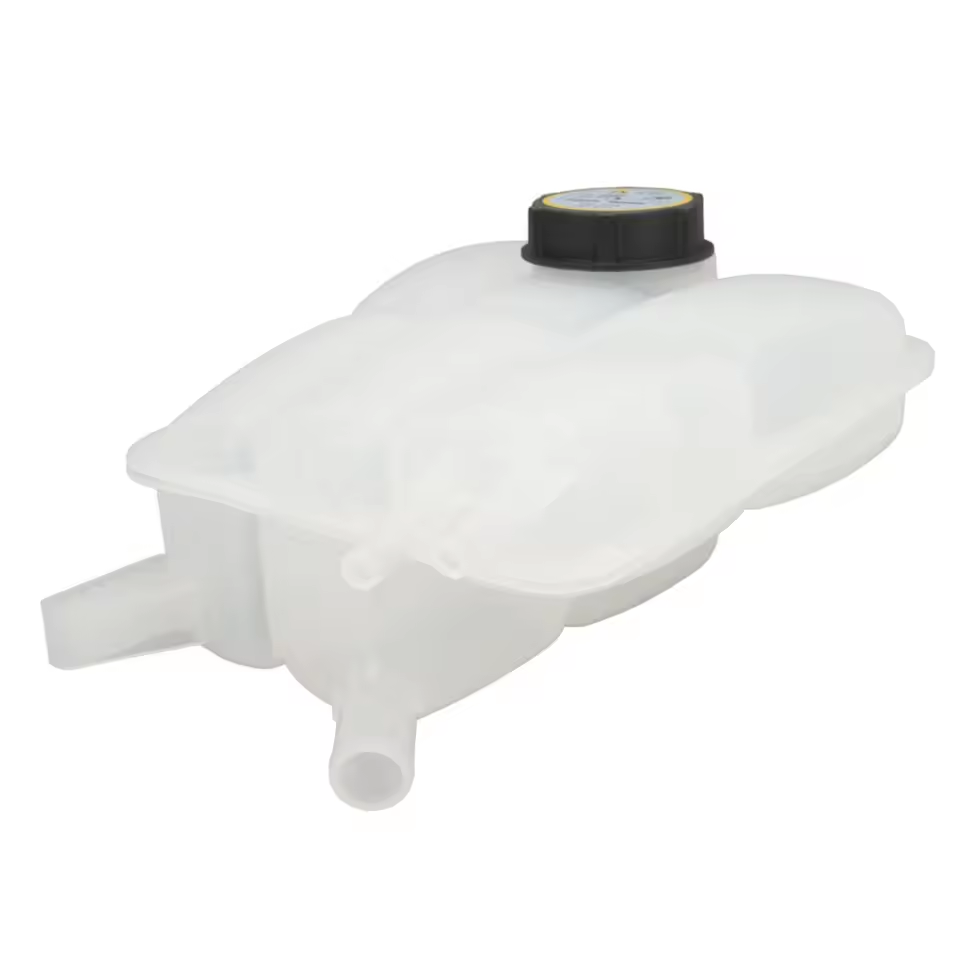 The Importance of Regular Engine Coolant Replacement
The Importance of Regular Engine Coolant Replacement
Engine coolant is vital for your car’s health. Just like how we need regular hydration and nutrients, your engine needs coolant. But coolant doesn’t last forever. Over time, it breaks down and becomes less effective. That’s why regular replacement is critical. It ensures your car runs smoothly and avoids overheating problems.
Replacing engine coolant helps remove dirt and rust that build up over time. This gunk can harm your engine’s parts if you leave it unchecked. Clean coolant means a clean engine and more reliable performance.
Old coolant also loses its anti-corrosive properties. This means your engine’s metal parts could start to corrode. By changing your coolant often, you protect the engine and prolong its life.
Regular coolant replacement also helps maintain the right operating temperature. This prevents damage that could lead to costly repairs. It keeps your vehicle running in top shape whether it’s hot or cold outside.
Follow the manufacturer’s schedule for coolant replacement. This advice is in your car’s manual. Some coolants last longer than others. Yet, as a rule of thumb, changing it every 30,000 miles or every two years is good practice. If you are unsure about when or coolant to use, ask a mechanic. Their expertise can help keep your car healthy and on the road for longer.
Signs Your Vehicle Needs an Engine Coolant Change
Recognizing the signs for an engine coolant change can save your vehicle from serious damage. Look for these indicators to determine when it’s time for a coolant refresh:
- Temperature Gauge Reading High: If the needle on the dashboard moves towards ‘hot’, it’s a sign.
- Coolant Light on Dashboard: A warning light may appear if levels are low or temperatures are high.
- Engine Overheating: When the hood feels too hot or steam comes out, it’s crucial.
- Unusual Smells: A sweet, syrupy odor could mean coolant is leaking and burning off.
- Color and Consistency Changes: Coolant turning to a rusty or oil-like texture is a bad signal.
- Poor Heater Performance: In winter, if the heater isn’t working well, check the coolant.
- Coolant Level Drops Quickly: After topping up, if it falls fast, there might be a leak.
Check your vehicle’s coolant system if you notice any of these issues. It might be time for an engine coolant change. Stick to the recommended schedule but also watch for these signs. What is engine coolant’s role if ignored? It could lead to expensive repairs. So, make sure to act quickly if you see these signs.
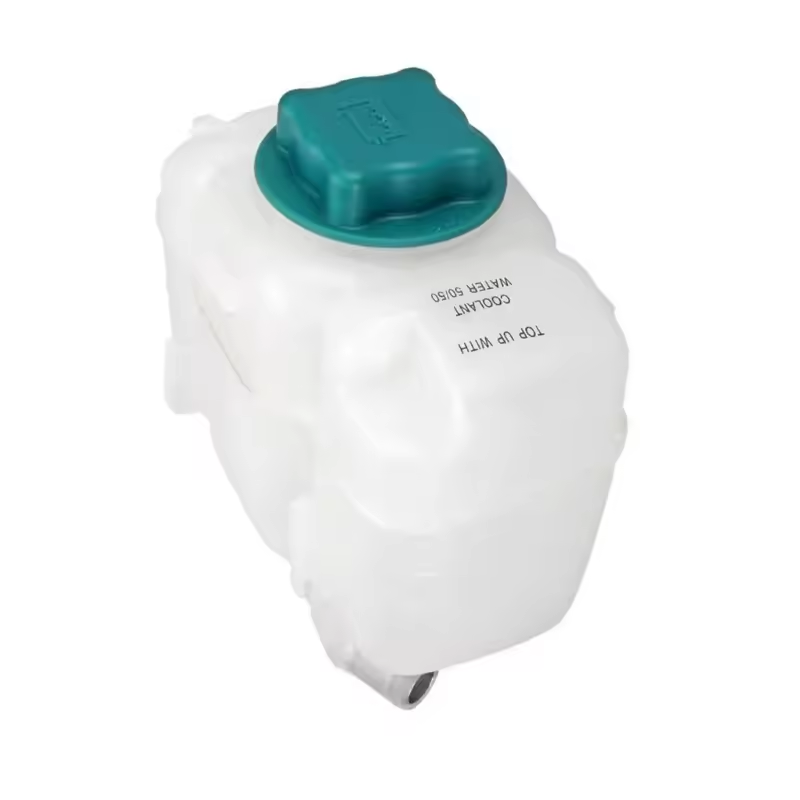 Step-by-Step Guide to Checking and Topping Up Engine Coolant
Step-by-Step Guide to Checking and Topping Up Engine Coolant
Maintaining the right engine coolant level is crucial for your car’s health. Follow this simple guide to check and top up your coolant when needed. It’s a good idea to perform these steps when the engine is cool to prevent injury from hot fluids or surfaces.
- Locate the Coolant Reservoir: Open your car’s hood and find the translucent coolant reservoir. It usually has markings to indicate the minimum and maximum levels.
- Check Coolant Level: Look at the side of the reservoir. The coolant should be between the ‘min’ and ‘max’ lines. If it’s below ‘min’, you’ll need to add more.
- Remove Reservoir Cap: Twist the cap off the coolant reservoir. Do this slowly to release any pressure.
- Prepare the Correct Coolant Mixture: If you need to add coolant, make sure it’s the right type for your vehicle. Mix it with distilled water if your manual recommends it.
- Add Coolant: Pour the coolant into the reservoir, up to the ‘max’ line. Avoid overfilling as it could lead to problems.
- Replace the Cap and Close Hood: Once done, secure the reservoir cap and close your car’s hood.
- Check for Leaks: After a short drive, look under the car for signs of leaks. If you spot any, visit a mechanic soon.
- Monitor the Temperature Gauge: Keep an eye on your dashboard’s temperature gauge to ensure it stays within the normal range.
Remember, using the wrong type of coolant can cause damage. If you’re unsure about what is engine coolant best for your car, consult a professional. It’s better to be safe than sorry when it comes to maintaining your vehicle.
Common Myths about Engine Coolant Debunked
In the world of automotive maintenance, misconceptions can lead to unnecessary worries or damage to your car. It’s important to clear up common myths about engine coolant to ensure you’re taking the right care of your vehicle. Here are some often-heard myths and the truth behind them:
- Myth: Coolant lasts forever.Truth: Engine coolant has a lifespan. Over time, it loses its effectiveness and needs replacing, usually every 30,000 miles or two years.
- Myth: All coolants are the same.Truth: Different engines require different types of coolant. Check your car’s manual to find out what is engine coolant suited for your vehicle.
- Myth: You can mix different types of coolant.Truth: Mixing coolants can cause gelling or corrosion and should be avoided. Always use the type recommended by your car’s manufacturer.
- Myth: Water is a good substitute for coolant.Truth: Water alone can cause rust and does not manage heat as well as coolant does. Always use a proper coolant mixture.
- Myth: Coolant is only for preventing freezing.Truth: Engine coolant also prevents overheating and protects against corrosion, not just freezing.
- Myth: If the engine isn’t overheating, the coolant is fine.Truth: Coolant can degrade and become contaminated over time. Regular checks are essential, even if there’s no sign of overheating.
By debunking these myths, you can better understand what is engine coolant and its importance for your vehicle’s health. Always consult your car’s manual or a mechanic if you’re unsure about your coolant needs.
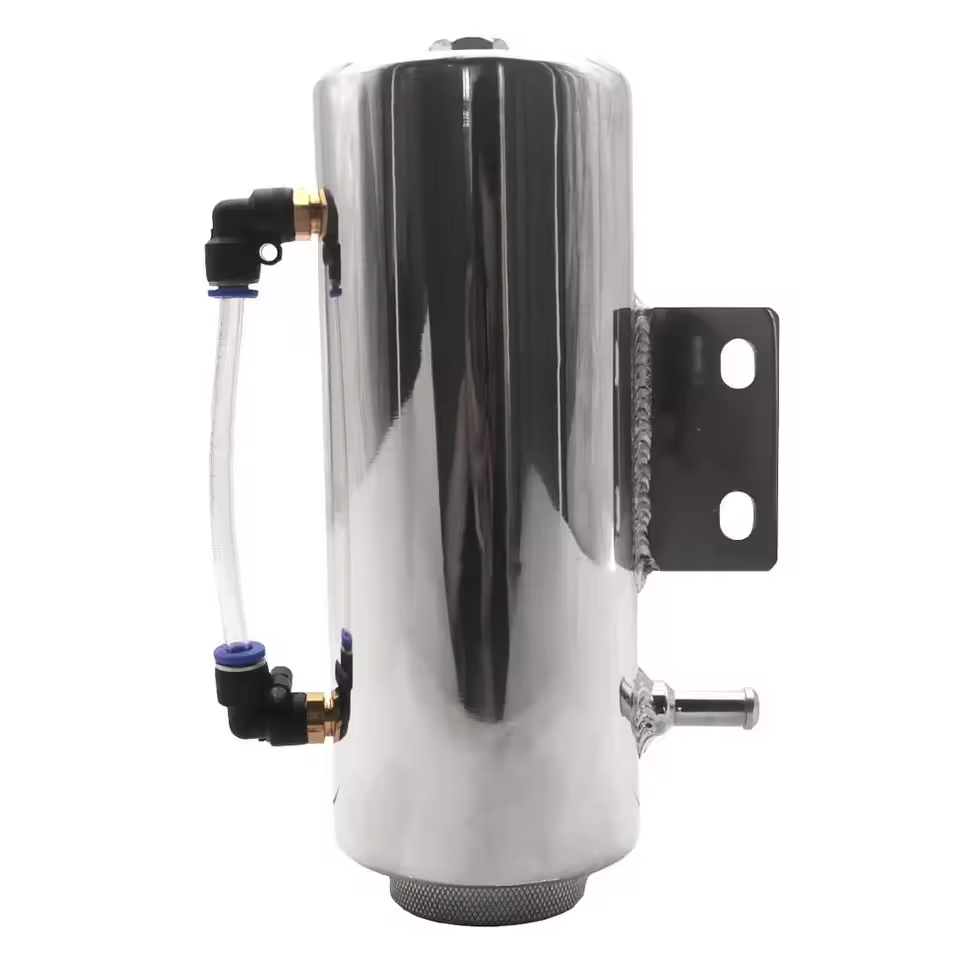 Troubleshooting Engine Coolant Issues and Leak Prevention
Troubleshooting Engine Coolant Issues and Leak Prevention
Troubleshooting engine coolant issues starts with noticing small signs before they become big problems. Here are steps to help you prevent leaks and keep your engine healthy:
- Inspect Hoses and Clamps: Look for cracks or splits in the coolant hoses regularly. Check the clamps to ensure they’re tight and secure, which helps prevent leaks.
- Look for Puddles Under the Car: Keep an eye on the ground where you park. Puddles of bright fluid indicate a coolant leak, which needs fixing.
- Check Coolant Consistency: Open the coolant reservoir when the engine is cool. See if the coolant looks clean and free of debris. Dirty coolant can cause issues.
- Listen for Strange Noises: If you hear odd sounds from the engine, it could be a sign of a coolant problem. Get it checked by a mechanic soon.
- Monitor Coolant Levels: Keep track of the coolant level in the reservoir. If it drops quickly, you might have a leak.
- Smell for Odd Odors: A sweet smell under the hood could mean coolant is leaking and burning. Don’t ignore this sign.
- Use the Right Coolant: Always use the coolant type recommended for your car. What is engine coolant for your vehicle depends on its make and model.
- Regular Coolant System Flushes: Get your coolant system flushed by a professional as part of routine maintenance. This can clean out any buildup and prevent leaks.
By following these steps and keeping up with maintenance, you can tackle engine coolant issues. And remember, always consult a professional if you’re unsure about how to handle any situations regarding what is engine coolant for your car.
